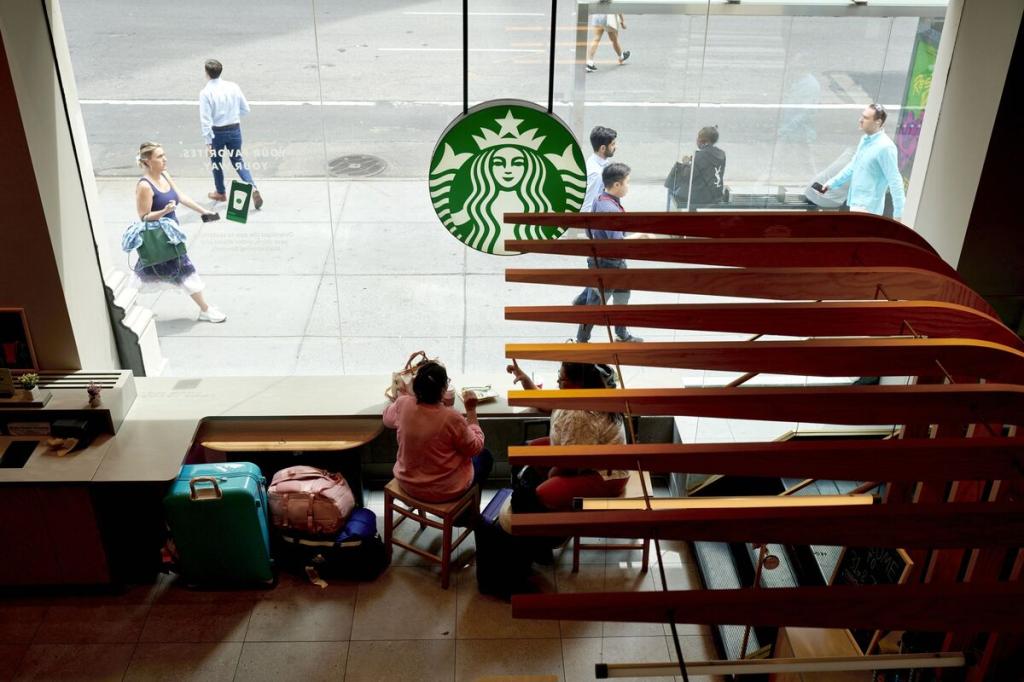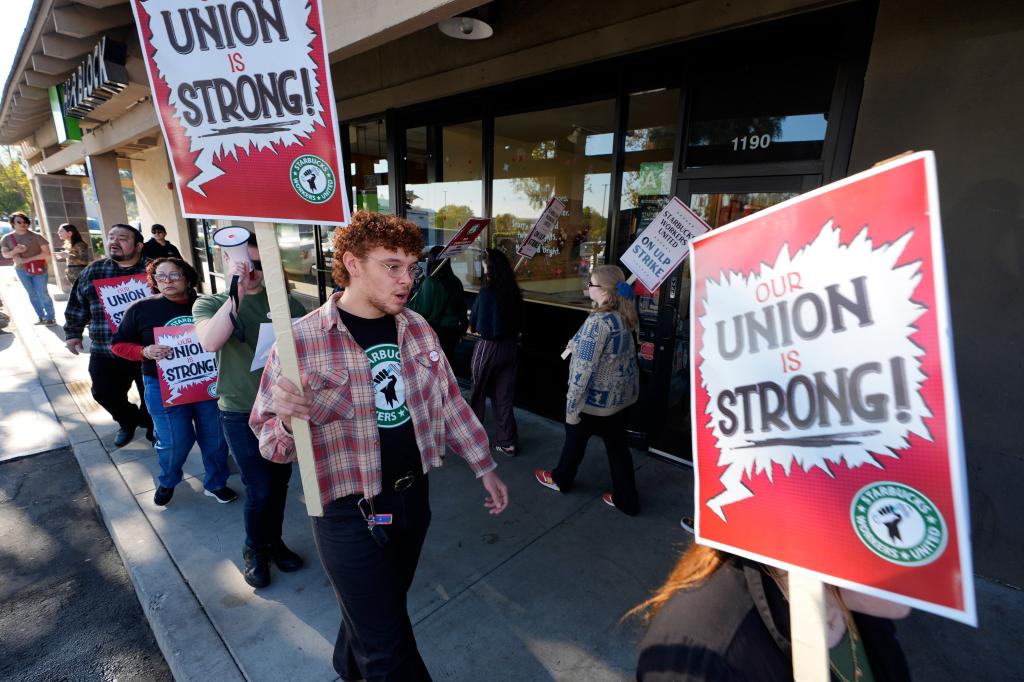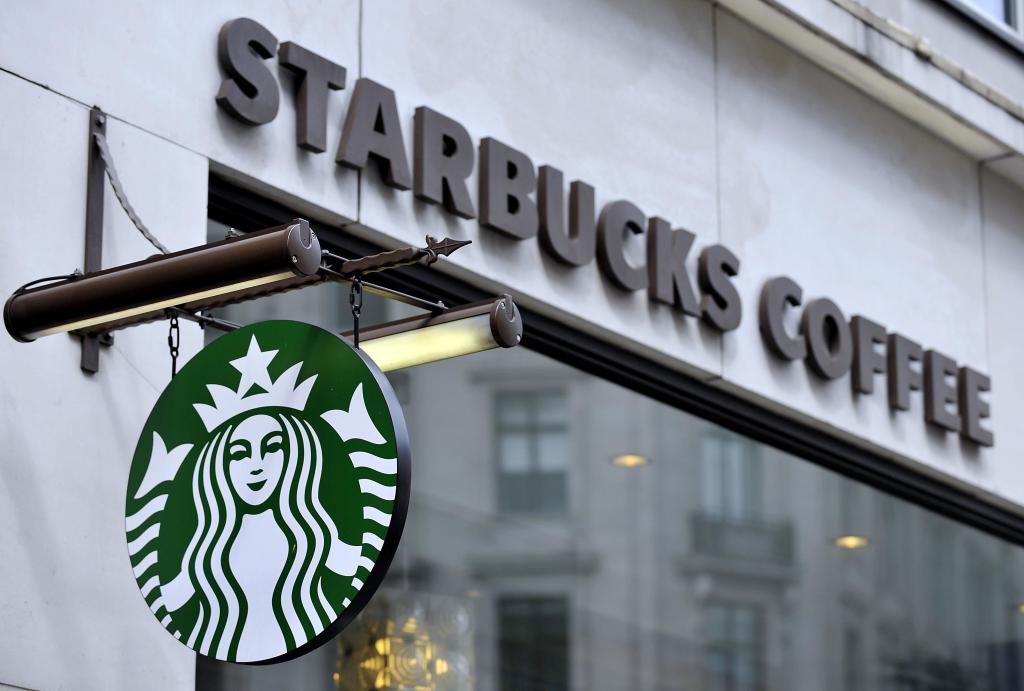Starbucks Reverses Restroom Policy Impacting Customer Experience
Starbucks reverses its open restroom policy, prioritizing paying customers and addressing safety, sparking debates on access and community in retail spaces.
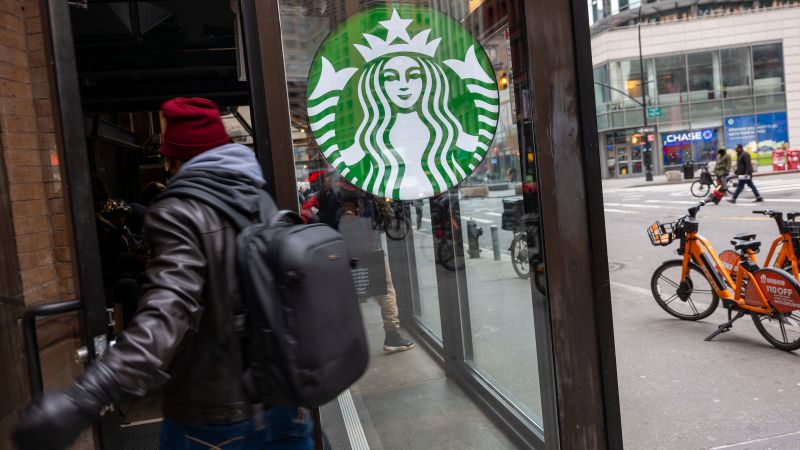
Key Points
- Starbucks
has reversed its open restroom policy, requiring customers to make a purchase for access starting January 27, 2024.
- The new code of conduct aims to prioritize paying customers and enhance safety by banning disruptive behaviors and enforcing stricter access rules.
- This policy change reflects broader trends in retail as businesses balance accessibility with a safe and welcoming environment for customers.
In a significant shift, Starbucks has announced the reversal of its open restroom policy, a decision that has stirred considerable debate among consumers and advocates alike. Starting January 27, 2024, customers will need to make a purchase to access the restrooms and enjoy the seating at Starbucks locations across North America. This policy change marks a notable shift from the company's previous stance, which allowed everyone, regardless of purchase, to utilize their stores' amenities. As the world’s largest coffee chain, Starbucks' decisions greatly influence not only customer experience but also broader conversations about access and inclusion in retail spaces.
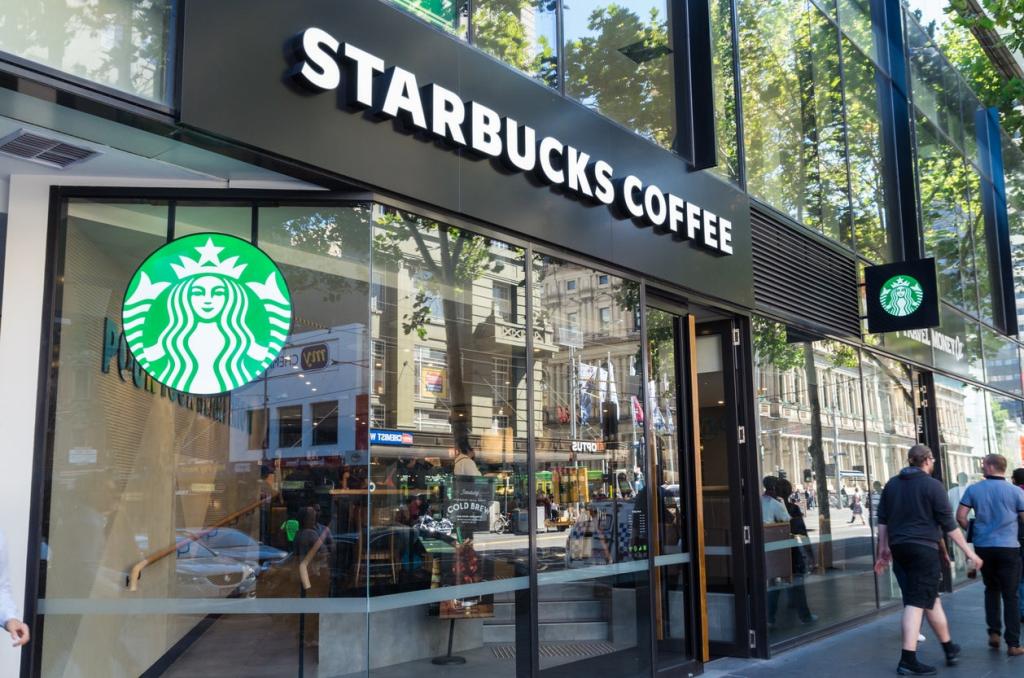
The Rationale Behind the Change
The latest decision by Starbucks' CEO
is part of a broader strategy to reinvigorate the customer experience and address declining sales numbers. Since its inception in 2018, the open-door policy had served as a landmark decision aimed at promoting inclusivity following a controversial incident in a
store that resulted in the arrest of two Black men who were denied restroom access without a purchase. This backlash had led Starbucks to close all its stores for racial bias training, a move that underscored the company’s commitment to addressing social issues.
However, over the years, many have argued that the policy created an environment that was neither safe nor comfortable for paying customers. With instances of disorderly conduct on the rise, including reports of drug use and harassment, the company found it increasingly difficult to maintain a welcoming atmosphere for patrons seeking a quiet place to enjoy their drink.
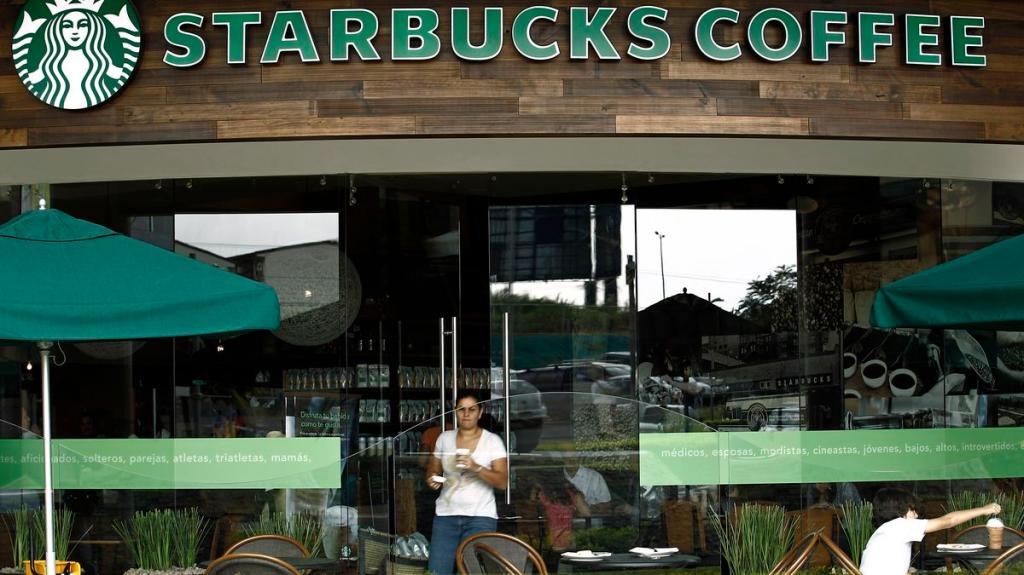
New Code of Conduct
The newly implemented code of conduct not only restricts restroom access to paying customers but also bans several behaviors deemed disruptive or disrespectful. Specifically, acts of harassment, smoking, drug consumption, and outside alcohol are strictly prohibited. Employees will be adequately trained to enforce these rules, reinforcing a commitment to a pleasant atmosphere for customers—a significant operational change aimed at enhancing customer service.
This move is indicative of a larger trend among retailers balancing the need for community accessibility with the need for maintaining safety and customer satisfaction. Many customers have expressed their support for the new guidelines, viewing them as essential for creating a more enjoyable and secure environment.

Implications for the Future
While the reversal of the open restroom policy may appear as a regression in terms of accessibility, it also reflects a crucial pivot in operations intended to enhance profitability and service quality. The coffee chain aims to foster a “community coffeehouse” experience reminiscent of its roots while ensuring that the spaces are genuinely for customers who contribute to the business.
For many regulars, this might mean adjusting their habits—such as planning to make a purchase before needing to use the bathroom or settle into a cozy corner with their laptop. The initiative to provide free refills on hot and iced coffee for all customers who stay in-store could serve as a strategy to encourage longer visits and increased purchases.
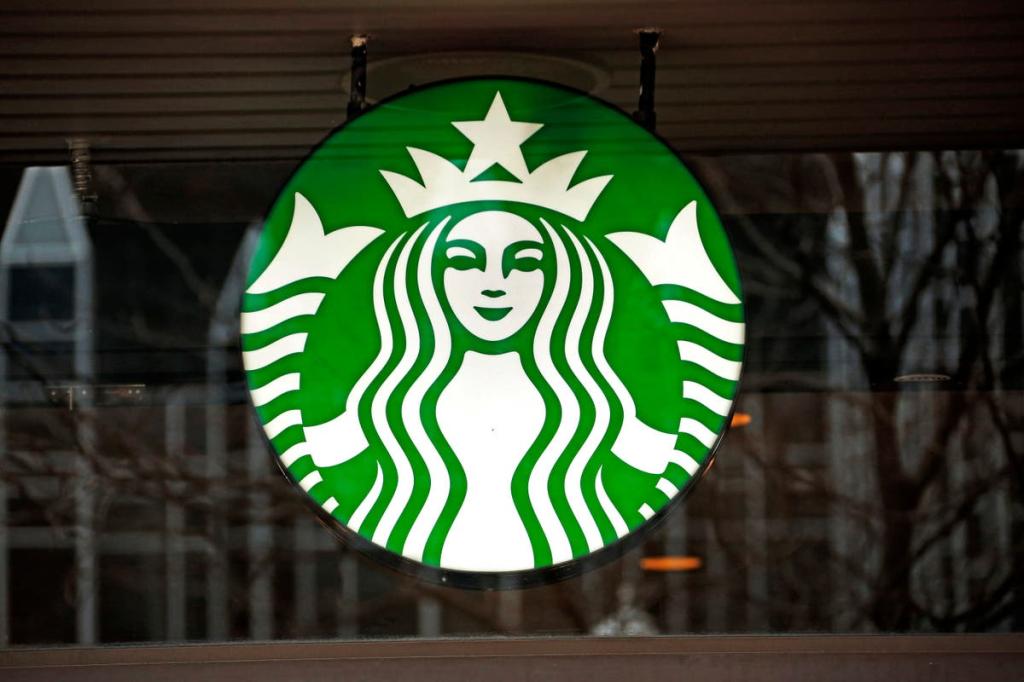
Balancing Access and Safety
The decision to restrict restroom access raises important questions about the balance between maintaining welcoming public spaces and ensuring safety for all patrons. Critics of the policy argue that it disproportionately affects marginalized individuals, such as those without homes or individuals with disabilities who often rely on facilities in private businesses. The challenge remains for Starbucks to find a middle ground in their commitment to accessibility while also addressing safety concerns.
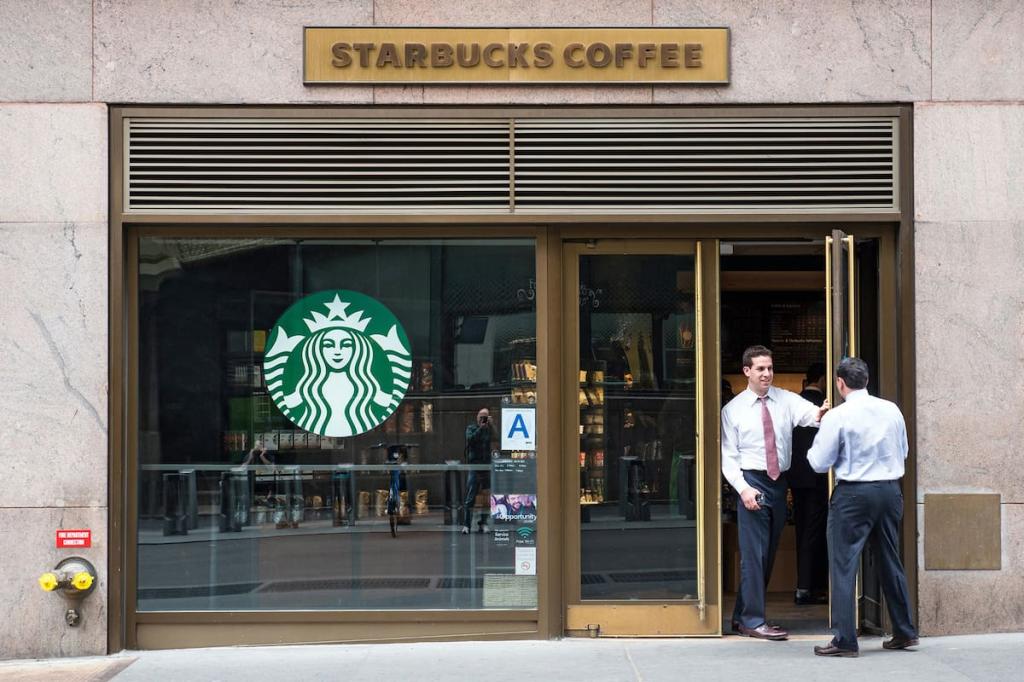
As the landscape of retail and customer service evolves, Starbucks' decisions will undoubtedly be a point of reference for other businesses navigating similar challenges. How the company balances these competing priorities will not only determine its success in reinvigorating sales but will also shape its reputation going forward.
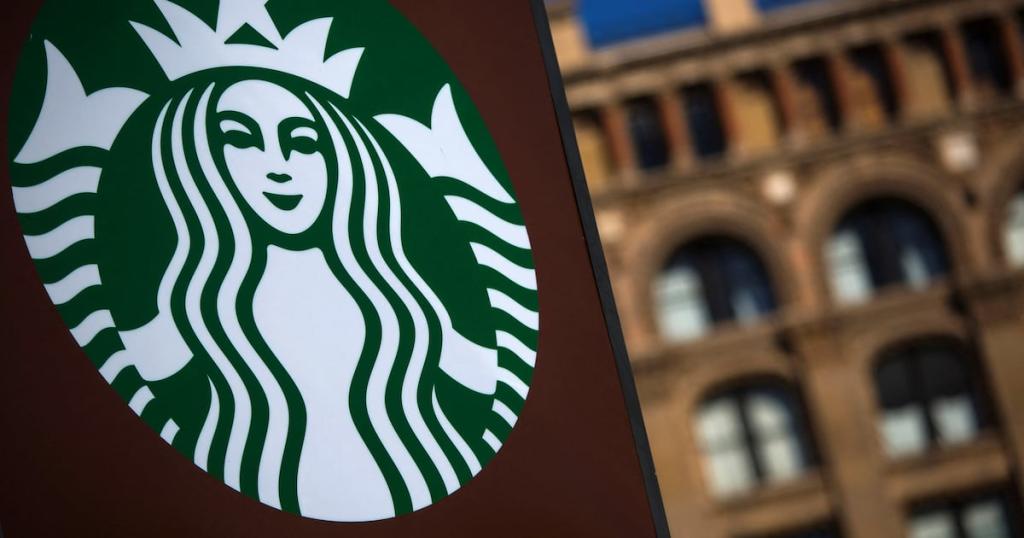
In wrapping up, Starbucks' recent policy change illustrates the complexities retailers face in balancing customer experience with operational realties. As the coffee giant moves forward, it will be critical to observe how these changes impact consumer behavior and the overall brand perception of a beloved institution that has consistently worked to adapt and thrive in an ever-changing market landscape.

